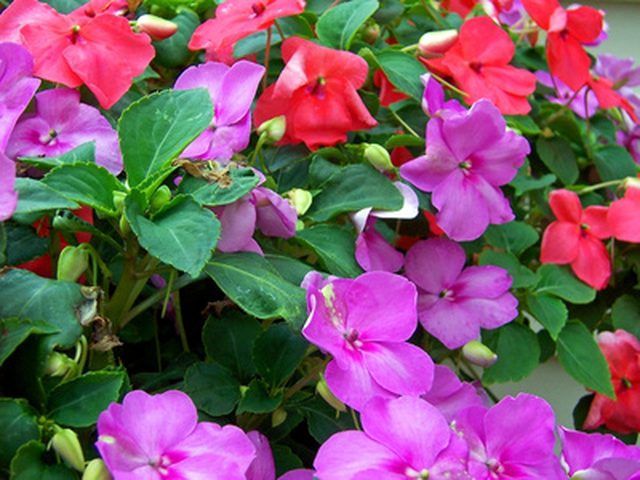Bulbs
Flower Basics
Flower Beds & Specialty Gardens
Flower Garden
Garden Furniture
Garden Gnomes
Garden Seeds
Garden Sheds
Garden Statues
Garden Tools & Supplies
Gardening Basics
Green & Organic
Groundcovers & Vines
Growing Annuals
Growing Basil
Growing Beans
Growing Berries
Growing Blueberries
Growing Cactus
Growing Corn
Growing Cotton
Growing Edibles
Growing Flowers
Growing Garlic
Growing Grapes
Growing Grass
Growing Herbs
Growing Jasmine
Growing Mint
Growing Mushrooms
Orchids
Growing Peanuts
Growing Perennials
Growing Plants
Growing Rosemary
Growing Roses
Growing Strawberries
Growing Sunflowers
Growing Thyme
Growing Tomatoes
Growing Tulips
Growing Vegetables
Herb Basics
Herb Garden
Indoor Growing
Landscaping Basics
Landscaping Patios
Landscaping Plants
Landscaping Shrubs
Landscaping Trees
Landscaping Walks & Pathways
Lawn Basics
Lawn Maintenance
Lawn Mowers
Lawn Ornaments
Lawn Planting
Lawn Tools
Outdoor Growing
Overall Landscape Planning
Pests, Weeds & Problems
Plant Basics
Rock Garden
Rose Garden
Shrubs
Soil
Specialty Gardens
Trees
Vegetable Garden
Yard Maintenance
Minimum Temperature for Impatiens
Minimum Temperature for Impatiens. Most varieties of impatiens are small, flowering ornamental plants. All species belong to the balsam family. Impatiens are native to tropical areas, such as Mozambique, so they cannot tolerate frost or cold temperatures.

Most varieties of impatiens are small, flowering ornamental plants. All species belong to the balsam family. Impatiens are native to tropical areas, such as Mozambique, so they cannot tolerate frost or cold temperatures.
Description
Impatiens is typically a small plant. The leaves have a fine to medium texture and can be somewhat fleshy. Flowers bloom all summer and come in shades of white, pink, orange, peach, red and bi-color. Both dwarf and tall forms exist; plants range from eight- to 24-inches-tall.
Growing Impatiens
Impatiens will drop its small seeds and naturalize in tropical regions. It does nicely as a potted or hanging plant and prefers partial shade. Because it is an annual, you must replace it every spring, even if you attempt to protect it from winter cold. Impatiens grows well in standard potting soil or slightly acidic to neutral garden soil.
Minimum Temperature
When you grow impatiens as a houseplant, it prefers temperatures above 50 degrees F. However, it will not die until the temperature drops to 32 degrees (freezing) or lower, according to the West Virginia University Extension Service.